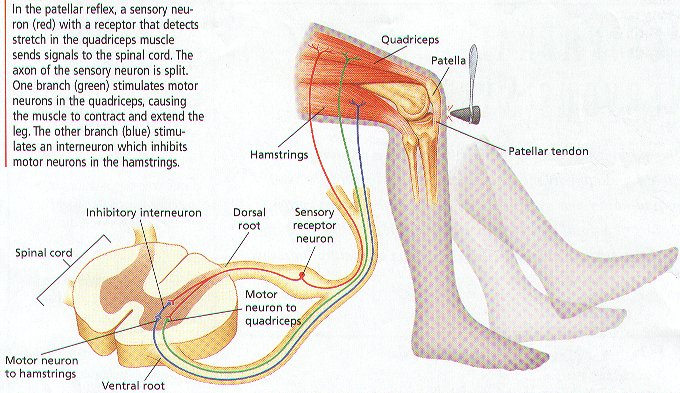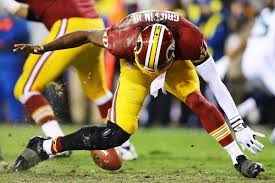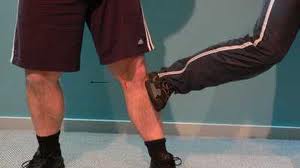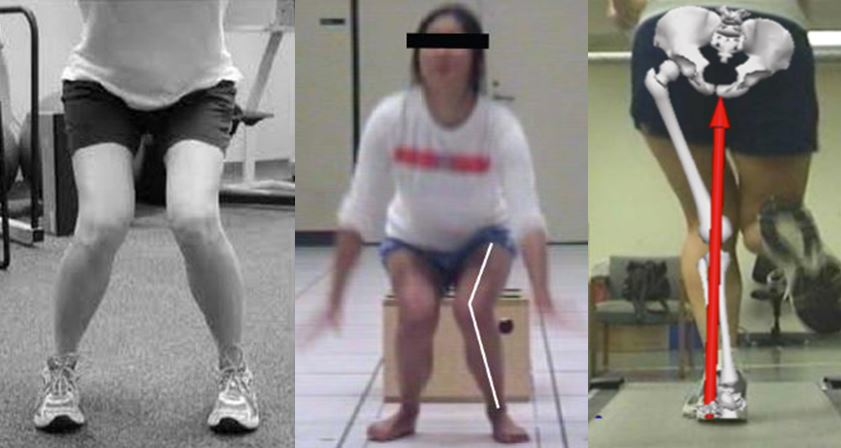The Knee – How to Control the Middle Child? (And possibly improve your twerking.)
As athletes, as weekend warriors, as normal functioning humans we rely on motor control. What is motor control and how does it connects to knee stability drills? The simple explanation:
by Michael Caisse, DPT

It’s the brain’s ability to communicate with and manipulate the body throughout space. Think running, jumping, swimming, rowing, grappling, yoga, burpees, kipping, snatching, cleaning. Or even twerking if you’re into that sort of thing.
Why do we need motor control? Based on neuroscientist Daniel Wolpert’s research the only reason we have brains is for producing adaptable and complex movements (Wolpert, 2013). Thankfully, as humans we’ve evolved from requiring such movements and motor control to capture prey/avoid large saber-toothed animals to requiring them to avoid injury and improve our body’s capabilities.
Obviously neither motor control nor its physiology are simple. As physiotherapists at Movement Rx, we have had the pleasure of studying motor control at the doctoral level and restoring appropriate motor control is exactly what we do for a living. One of our goals is to help people understand the WHY behind their movement inefficiencies. I’ll get back to that, but for now let’s cover a great tool to illustrate motor control.
A reflex arc is the simplest and most primitive form of motor control. Please take a look at this simple model:
Mechanical receptors in your joints, muscles and skin help you gather information to perform movement tasks (you have other senses, however, for simplicity I’ll use these three). As you perform movements that produce positive outcomes those movements are stored in the brain as a motor pattern for later use. Those movements that produce negative outcomes are inhibited. Your brain has been building a database of movement since you were born to make your life easier. The reflex arc shown above demonstrates rudimentary motor control of the knee joint and thigh musculature. A stimulus produces a sudden stretch in the quadriceps and they contract as the hamstrings relax. This level of motor control does not even have to travel up to your brain, it’s a reflex- it’s so old that it is hard wired into your spinal cord to respond the same way every time.
Unfortunately, in life we encounter circumstances that cause us to move poorly. Commonly we see athletes who have decreased hip and ankle mobility caused by prolonged sitting and wearing shoes that have an excessive ‘drop’ – think any shoe where your heel is higher than your toes. (Yes, that means most of the shoes you own.) This causes the athlete to lose the ability to express optimal movement when walking, running, squatting, etc. Feet turning out, arches collapsing, knees pointing in, pelvis dropping on one side – these are all indicators of an athlete having learned a movement pattern that is incorrect.
These aforementioned positions are not ideal and not congruent with the design of the body and it’s capacity to move. You can get away with moving like this for a while…until you can’t. Over time the tissues will fail when repetitively exposed to these load cycles while in poor positions. Dr. Kelly Starrett/K-Starr calls this “spending your genetics.” Most of us have been moving like this for the majority of our lives because no one told us it was a problem.
I’m telling you now it is a huge problem.
Statistics suggest that most of us have poor movement patterns. As humans get bigger, stronger, and faster, our joints are playing catch-up. Poor or inefficient movement patterns are thus compounded. ACL injury rates in females in 2010 increased three times that of males since the year 2000 (Hewett 2010). And it’s not only females who are having issues with motor control – as evidenced by the numerous athletes in the NFL – including RG3 – and other sports leagues who have sustained season ending non-contact related ACL injuries.
suggest that most of us have poor movement patterns. As humans get bigger, stronger, and faster, our joints are playing catch-up. Poor or inefficient movement patterns are thus compounded. ACL injury rates in females in 2010 increased three times that of males since the year 2000 (Hewett 2010). And it’s not only females who are having issues with motor control – as evidenced by the numerous athletes in the NFL – including RG3 – and other sports leagues who have sustained season ending non-contact related ACL injuries.
Many athletes have not been taught how to leverage the neuro-musculoskeletal system and how to improve their mobility in order to jump and land or to run and cut properly.
It’s time to reclaim our movement and reorganize the motor maps in the basal ganglia of the brain!
For improving motor control of the knee there are outdated theories about the importance of training the VMO to contract faster or harder in order to establish control of forces on the knee. Baloney! You cannot train one quadriceps muscle to contract independently of the others. The quadriceps are integrated as part of a system of systems. They help control active saggital (i.e. vertical) and frontal plane movement of the knee along with several other muscles. The hip musculature controls active transverse (i.e. horizontal) plane movement of the knee with the help of several other muscles. If you have poor mobility and poor neuromuscular control at the hips or trunk you are likely to have poor neuromuscular control at the knee. This means you will experience a greater valgus force  about the knee when challenged under load or when fatigued – not a good thing (see image). The important message is that the entire system, the body, must experience and repetitively practice the appropriate movement pattern with varying degrees of feedback in order to reorganize the motor pathways (akin to turning copper wiring into Ethernet cable).
about the knee when challenged under load or when fatigued – not a good thing (see image). The important message is that the entire system, the body, must experience and repetitively practice the appropriate movement pattern with varying degrees of feedback in order to reorganize the motor pathways (akin to turning copper wiring into Ethernet cable).
Naturally you may be asking, “So now what, doc?” Well, the following is the chain of events that will help in redirecting from a poor neuromuscular recruitment pattern to an appropriate one that will help reduce the risk of knee injury.
- Find out if you’re using a poor movement pattern and stop using it! Learn the correct movement from a movement specialist or a legitimate coach. If you’re having pain or have plateaued in your training, there’s a good chance your movement patterns are off.
- Achieve normal trunk, hip and ankle mobility so that you don’t walk like a duck and so you can get into appropriate positions (bottom of pistol squat). If you need help, see a movement specialist or a physiotherapist with specifically relevant experience.
- Reinforce the correct movement pattern through coaching, practice, mental practice and observation.
- Blast your nervous system with exercises that place a high demand on the motor control feedback mechanisms of the lower extremities and trunk, while maintaining good positions that leverage your anatomy and physiology.
At Movement Rx we can help with these steps. As mentioned above, we can help you understand the WHY behind your movement inefficiencies, as well as help you fix them and work through them. We know you want to get back to twerking.
Feel free to contact Dr. Mike Caisse HERE.
References:
“The real reason for brains” Wolpert, Daniel. Ted Talks., n.d. Web. 21 November, 2013
“The nervous system study guide” Photograph. Web., 21 November 2013
“Valgus knee” Photograph. bretcontreras.com, 21 November 2013
“Why women have an increased risk of ACL injury” Hewett, Timothy E. PhD. AAOS.org, n.d. Web. 21 November, 2013
“Report: With torn ACL, RG3 to undergo surgery Wednesday” Photograph. CBSsports.com, Josh Katzowitz. Web 21 November 2013
Interesting technical studies related to this topic:
The effects of neuromuscular training on knee joint motor control during sidecutting in female elite soccer and handball players.
Motor control performance in the lower extremity: normals vs. anterior cruciate ligament reconstructed knees 5-8 years from the index surgery.

